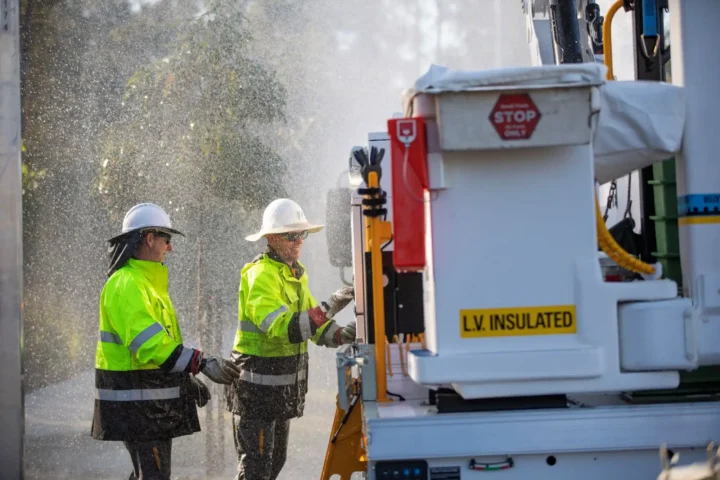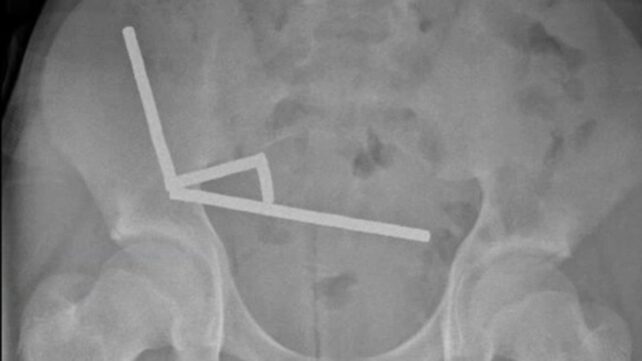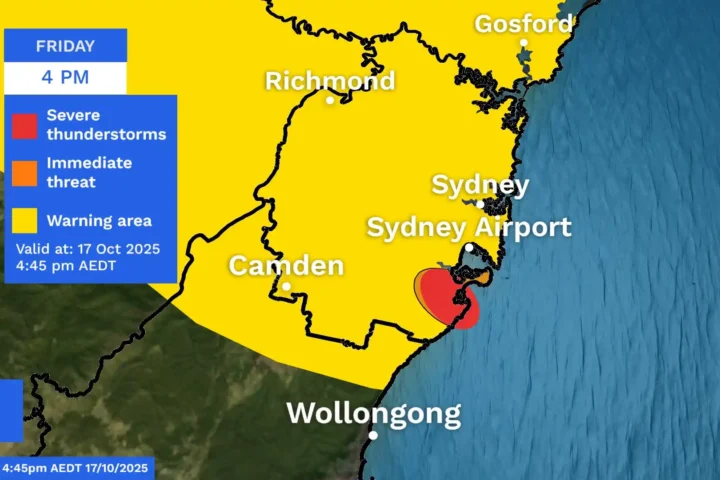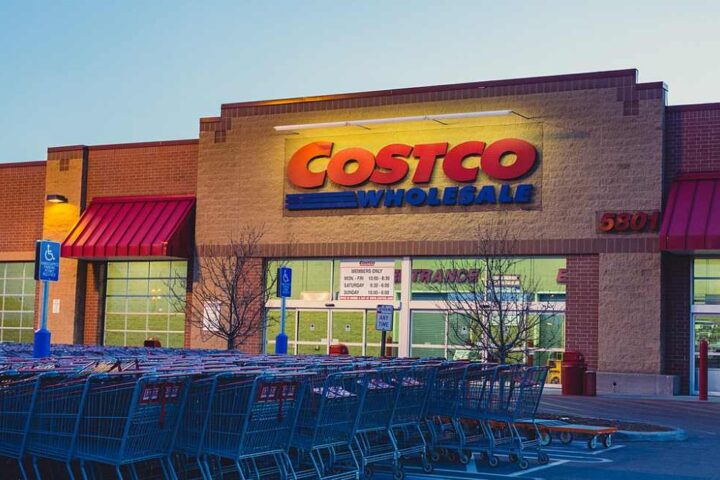The Australian retail sector has kicked off 2025 with mixed signals – neither booming nor busting. Fresh data from the Australian Bureau of Statistics (ABS) shows retail turnover inched up 0.3% in March, following rises of 0.2% in February and 0.4% in January. Year-on-year spending grew 4.3%.
But let’s not pop champagne corks yet. In real terms, retail volumes were flat for the March quarter. Per capita volumes actually fell 0.4% – meaning we’re spending more dollars but getting less stuff, as inflation eats away purchasing power.
FASHION BUCKS THE TREND
The standout performer? Fashion retail hit $3.1 billion in March – its highest monthly figure ever recorded, up 5% from March 2024. Within this category, footwear and accessories led with a 0.6% monthly gain ($5.6 million), while clothing limped ahead just 0.1% ($2.5 million).
“Other retailing” – covering cosmetics, sports, and recreational goods – showed the strongest year-on-year growth at 9.0%, while cafes, restaurants, and takeaway food services barely moved, up just 1%.
REGIONAL VARIATIONS AND WEATHER IMPACTS
The retail picture varies considerably across Australia. Queensland retail dropped 0.4% after Ex-Tropical Cyclone Alfred disrupted business operations throughout the state.
“The extreme weather early in the month led to significant disruptions for businesses and households throughout Queensland,” explains Robert Ewing, ABS head of business statistics. “Strong spending in food retailing thanks to precautionary buying wasn’t enough to offset other impacts.”
INDUSTRY REACTION: CAUTIOUS OPTIMISM
Industry bodies acknowledge improvement but warn against overconfidence.
“With a delay in interest rate relief, household budgets remain tight, and retailers are operating in a highly competitive and volatile environment with rising business costs,” says Fleur Brown, Australian Retailers Association chief industry affairs officer. “Any signs of stability in consumer spending are a welcome boost to business confidence, but we remain far from a retail recovery.”
Similar Posts
National Retail Association interim CEO Lindsay Carroll strikes a similar tone: “The March data is an encouraging sign that retailers are beginning to bounce back from strained spending and high business costs. However, premature shop closures triggered by cyclone warnings undercut sales in parts of the nation, namely Queensland and New South Wales, at a time when every dollar counts for business owners.”
PRESSURE ON CONSUMERS REMAINS INTENSE
The elephant in the room? Cost-of-living pressures.
Mortgage interest charges have skyrocketed 163% for employee households since March 2022. Even with February’s rate cut, interest charges rose 1.5% in the March quarter as rate changes take time to flow through to customers.
For employee households, interest rates account for nearly half of their total cost-of-living increase since 2022. This explains why retail recovery remains tepid despite solid employment figures.
RBA DECISIONS LOOM LARGE
All eyes now turn to the Reserve Bank of Australia’s May 20 meeting. The cash rate currently sits at 4.10% after February’s cut. Financial markets are pricing in a 56% probability of a substantial 50 basis point cut to 3.60%.
NAB’s economic team predicts the May cut will be followed by further reductions in July, August, November, and early 2026, potentially bringing the cash rate down to 2.60% – providing much-needed relief to stretched household budgets.
Critics argue the RBA should have cut rates in April rather than waiting, as retail data already showed households struggling. The delayed impact of monetary policy means relief won’t be felt for months after any decision.

SECTOR BREAKDOWN REVEALS CONSUMER PRIORITIES
Food retailing and household staples continue to dominate spending, reflecting consumer focus on essentials. Department stores and cafes/restaurants both declined 0.5% month-on-month, demonstrating how discretionary spending remains under pressure.
The retail sector remains a crucial barometer of economic health, and while there are tentative signs of stability, a full recovery appears distant without substantive relief on the cost-of-living front.

















